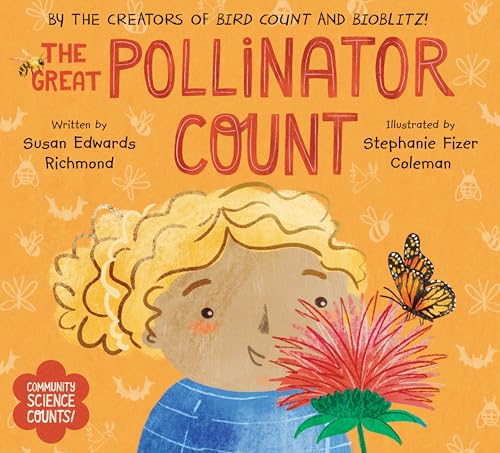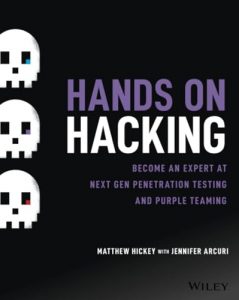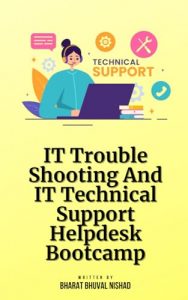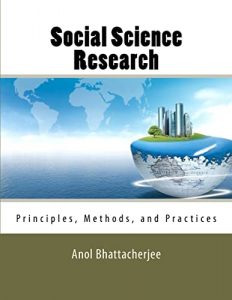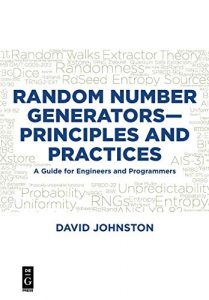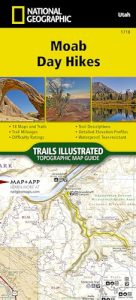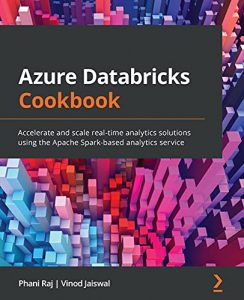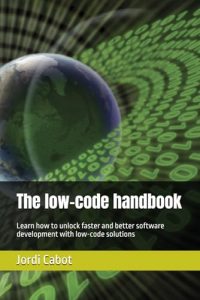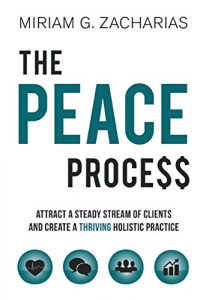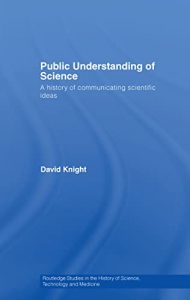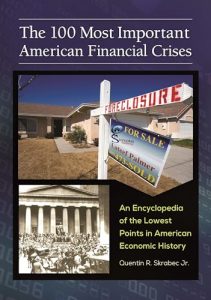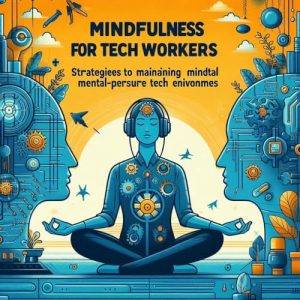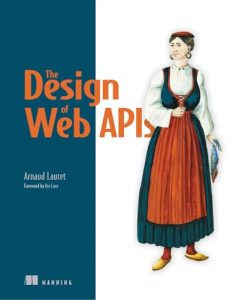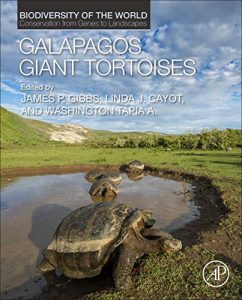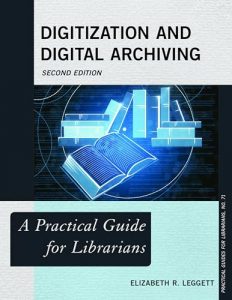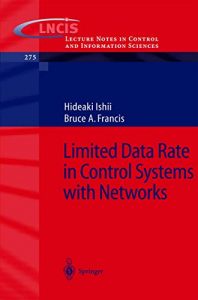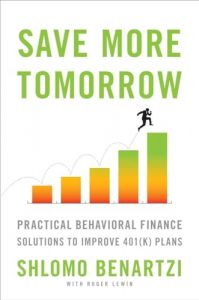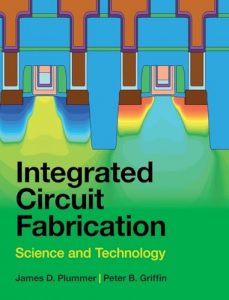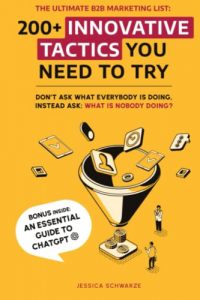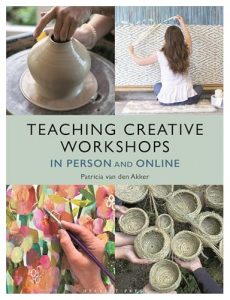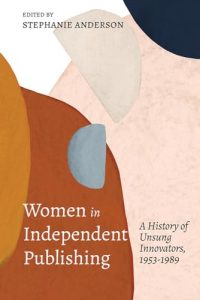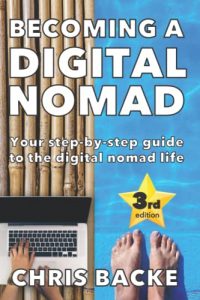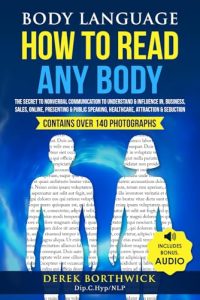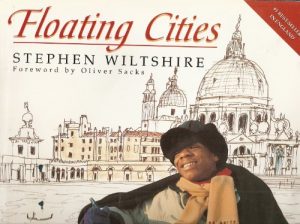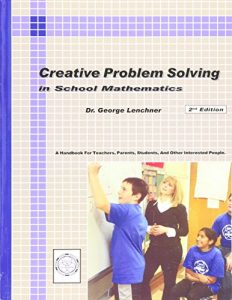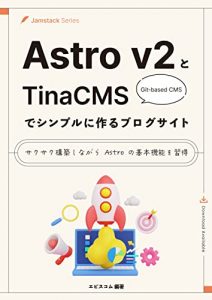Unlocking the Potential of Community Science
In a world increasingly driven by personal technology and unique individual pursuits, the idea of community science stands out as a powerful force for collective environmental awareness and action. Community science encourages collaboration between scientists, volunteer researchers, and the public, enabling us to harness local knowledge and skills to address critical issues such as biodiversity, conservation, and climate change. Discovering ways to participate in community-driven projects not only enriches the environment but also fosters deep social connections among participants.
This blog post features a selection of books that delve into the essence of community science, exploring the profound impact of collective work on our surrounding ecosystems and on each other. From hands-on guides to theoretical frameworks, these books spark curiosity, inspire action, and highlight the importance of belonging and collaboration in successful community science initiatives.
Book Reviews
The Great Pollinator Count (Community Science Counts!)
“The Great Pollinator Count (Community Science Counts!)” is an essential read for anyone interested in understanding the role of pollinators in our ecosystems. With a focus on hands-on community involvement, this book invites readers to participate in citizen science by engaging in an annual pollinator count. Author Margaret Quinlin effectively combines engaging narratives with practical instructions on how to observe and report local pollinator populations, all contributing to a larger dataset that helps scientists understand and protect these vital species. This book’s accessible approach makes it an excellent resource for educators, families, and anyone looking to make a positive environmental impact. It’s a must-have for eco-conscious readers who want to connect their efforts with greater environmental goals.

Community: The Structure of Belonging
In “Community: The Structure of Belonging,” author Peter Block presents a compelling argument for the necessity of genuine belonging in fostering healthy communities. This book delves into the frameworks that allow communities to flourish, encouraging readers to engage with the concept of community in meaningful ways. Block raises critical questions about how we connect and the values that bind us, emphasizing that forging relationships based on trust and collaboration is foundational for societal change. This book serves as both a philosophical exploration and a practical guide, presenting tools that inspire action and deepen connections among individuals. Perfect for community leaders and engaged citizens, this book shows that community is not just a place but a dynamic process that enriches our lives.

The Art of Community: Seven Principles for Belonging
“The Art of Community: Seven Principles for Belonging” offers a rich exploration into what it means to create inclusive, vibrant communities. Author Charles Vogl outlines seven transformative principles that promote belonging — from intention to participation. Each principle is supported by real-life examples and stories, enhancing the reader’s understanding of community dynamics. Vogl empowers readers to consider their roles in nurturing community ties, fostering resilience, and promoting a sense of shared purpose. This book is essential reading for anyone passionate about cultivating strong relationships in their communities and wishing to utilize the power of collective engagement to effect positive change.

The Other Half of Church: Christian Community, Brain Science, and Overcoming Spiritual Stagnation
This enlightening book connects the dots between spiritual practices, brain science, and community engagement to reveal how we can overcome spiritual stagnation. Authors Jim Wilder and Michael Hendricks integrate insights from neuroscience with core principles of Christian community, empowering readers with tools to develop deeper, more meaningful relationships within their church settings. This book is a unique blend of theory and practical application, making it a relevant read for communities focused on faith and shared purpose. With its interdisciplinary approach, it holds profound implications for revitalizing both individual faith journeys and communal bonds.

The Science of Change: Discovering Sustained, Desired Change from Individuals to Organizations and Communities
In “The Science of Change,” authors John buffer and Sean McMahon provide a clear framework for understanding how change occurs at individual and collective levels. Drawing on research from psychology, sociology, and community development, this book offers actionable insights into creating and sustaining meaningful change. The authors effectively bridge scientific understanding with practical strategies that empower communities to tackle challenges head-on. It’s an invaluable resource for leaders, change-makers, and anyone invested in community development. With this book, readers can cultivate a deeper understanding of the dynamics of change and how to leverage them effectively.

Bird Count (Community Science Counts!)
“Bird Count (Community Science Counts!)” is an engaging, educational resource that invites both children and adults to participate in migratory bird counts. This book serves as an essential guide for birdwatching enthusiasts and budding scientists alike, making bird identification accessible and fun. The interactive nature of this community science project encourages readers to record and analyze their observations, contributing valuable data to support bird conservation efforts. With vibrant illustrations and user-friendly insights, this book is a perfect addition to any family’s collection, inspiring nature lovers to engage with their outdoor surroundings actively.

Imagined Communities: Reflections on the Origin and Spread of Nationalism
In “Imagined Communities,” Benedict Anderson explores the concept of ‘nation’ from a unique perspective, arguing that nations are socially constructed communities formed through shared experiences and narratives. This thought-provoking book dives into the historical context of nationalism and how it shapes our perception of community today. For readers interested in sociology and cultural studies, Anderson’s insightful reflections invite deep contemplation about how communities are formed, transformed, and maintained over time. This book goes beyond theory, challenging readers to consider their roles in both historic and contemporary contexts.

Community Organizing and Community Building for Health and Social Equity, 4th edition
“Community Organizing and Community Building for Health and Social Equity” provides a comprehensive framework for understanding and implementing effective community organizing strategies. It emphasizes the importance of collective action in addressing social determinants of health and equity. This revised edition offers case studies and practical tips that enhance the learning experience for students, practitioners, and community leaders alike. Highlighting the power of community organizing, this book informs readers about how to challenge systemic inequities and foster sustainable change from the ground up. Essential for all committed to health equity, it presents a roadmap for making impactful social change.

Street Science: Community Knowledge and Environmental Health Justice (Urban and Industrial Environments)
“Street Science” focuses on community-led efforts to address environmental health justice. It emphasizes the unique insights residents have regarding their neighborhoods and the challenges they face. Authors define methodologies that elevate local knowledge, illustrating how community members can impact policy and foster environmental change. This book serves as both an instructional guide and a call to action for those involved in community health initiatives. By empowering residents to advocate for healthier environments, readers will discover powerful narratives of resilience and collaboration that can drive actionable change in urban settings.

The Connected Community: Discovering the Health, Wealth, and Power of Neighborhoods
In “The Connected Community,” authors C. M. B. and M. E. B. explore the essential elements that contribute to thriving neighborhoods. The text provides practical tools for reinforcing connections between residents while highlighting the benefits of social networks to individual health and overall community resilience. This book is an invitation for readers to invest in their neighborhoods, understand the dynamics at play, and leverage social resources for collective prosperity. For those passionate about community development, this insightful read is filled with strategies to weave strong social fabric that enriches lives.


